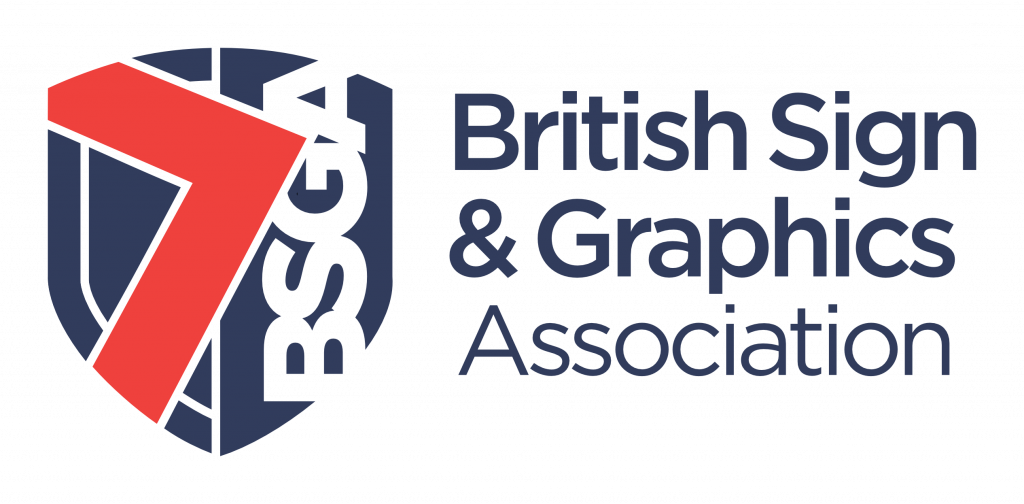As the United Kingdom’s (UK) recognised trade association for signage and graphics, The British Sign and Graphics Association (BSGA) remains steadfast in its responsibility to uphold and promote the heritage, standards, and future of our sector. A defining part of this mission is our commitment to the protection of traditional glass neon – a craft that has shaped the cultural, creative, and visual fabric of our industry for generations.
Over the years, neon has transitioned from a ubiquitous feature of the high street to a specialist art form.
Whilst newer technologies have reshaped the market, the artistic and cultural significance of neon has only deepened. Today, authentic glass neon is not merely a product but a hallmark of craftsmanship – a distinctive creative discipline upheld by skilled artisans who continue to inspire our built environment, the arts, and contemporary design practice.
Handcrafted neon, shaped through precision glass bending, temperature mastery, and controlled chemical reactions, remains unparalleled in its authenticity. It is this artistry that distinguishes neon as more than a manufacturing process: it is a living craft, a discipline of expression, innovation, and heritage.
The BSGA has long championed this discipline. Our interventions have supported the safeguarding of neon’s future, most notably when we successfully lobbied for exemption under the Restriction of Hazardous Substances (RoHS) Directive. By presenting evidence, engaging constructively with regulators, and demonstrating the craftsmanship at the heart of neon, we ensured that the use of mercury – essential for certain colours – could continue safely and responsibly. This landmark outcome remains a cornerstone of our advocacy.
To build on this work, the BSGA has now developed a series of clear definitions that underpin contextual understanding, support education, and awareness within the commercial arena.
By accurately distinguishing traditional glass neon from other technologies, these definitions provide clarity across the sector, enhance transparency for the wider stakeholder community, and strengthen recognition of heritage skills within the wider creative industries.
Looking ahead, we believe neon’s potential lies not in competing with digital and LED technologies but in complementing them. Opportunities for collaboration between traditional signmakers, contemporary designers, and creative industries are vast. Neon may now serve more bespoke markets – from hospitality and retail interiors to fine art and installation – however, its unique character ensures it remains both relevant and revered. Heritage, when combined with innovation, creates new pathways for growth, and neon embodies this balance.
Our current campaign exemplifies this commitment. Thanks to the dedicated efforts of Catherine and Tony Spink of Neon Creations (https://www.neoncreations.co.uk), a petition calling for the formal recognition and protection of traditional glass neon has been approved by the House of Commons Petitions Team and is now live: https://petition.parliament.uk/petitions/721411.
This initiative is not about diminishing the role of LEDs, which are indispensable to our modern signage ecosystem. Rather, it is about ensuring accuracy, respect, and distinction: recognising neon for the artisanal discipline it is, while celebrating the diversity of solutions our industry provides. With shared definitions, careful education, and industry-wide advocacy, we can ensure both neon and LED technologies thrive.
We encourage all BSGA members and industry partners to support this important petition and to engage with us as we continue our work in safeguarding the authenticity, sustainability, and future of our sector.
For further information, support, or to discuss how we can continue to champion both neon and LED within our industry, please contact the BSGA Team:
Alternatively, to access the Knowledge Hub Series: Neon – log in to your member portal.
